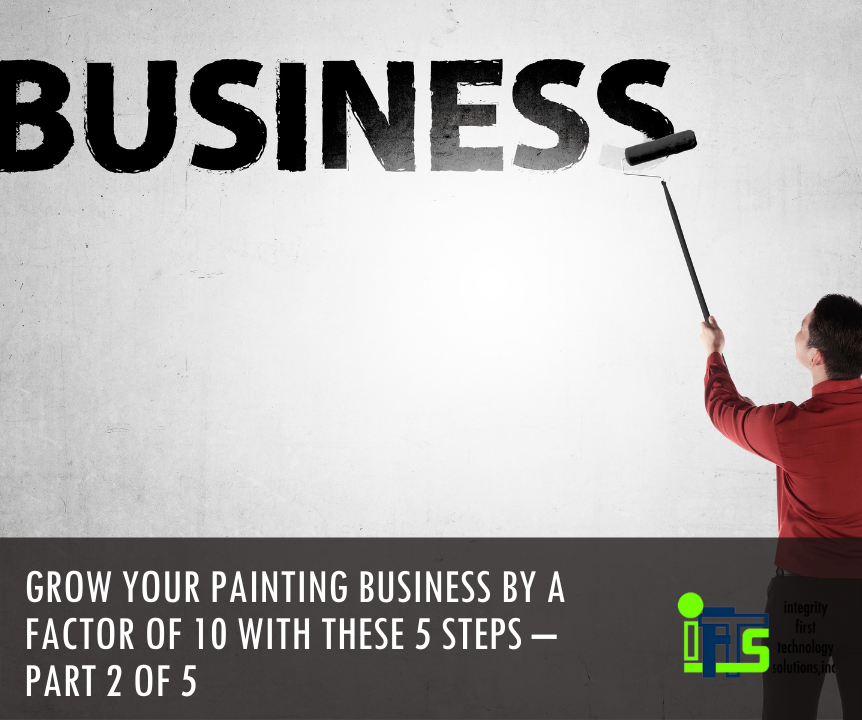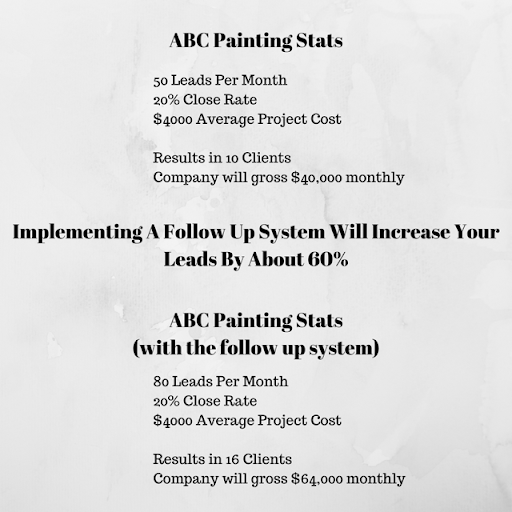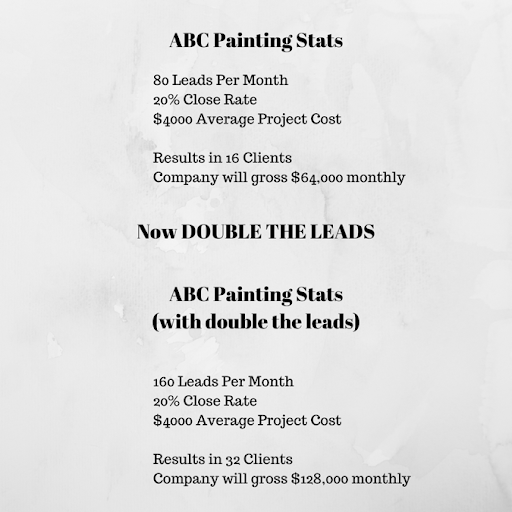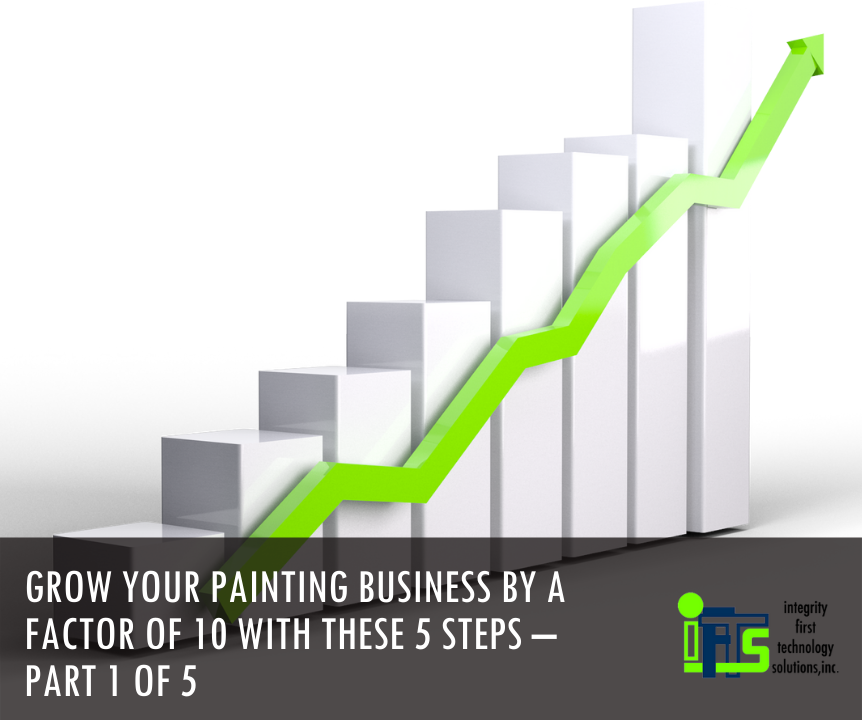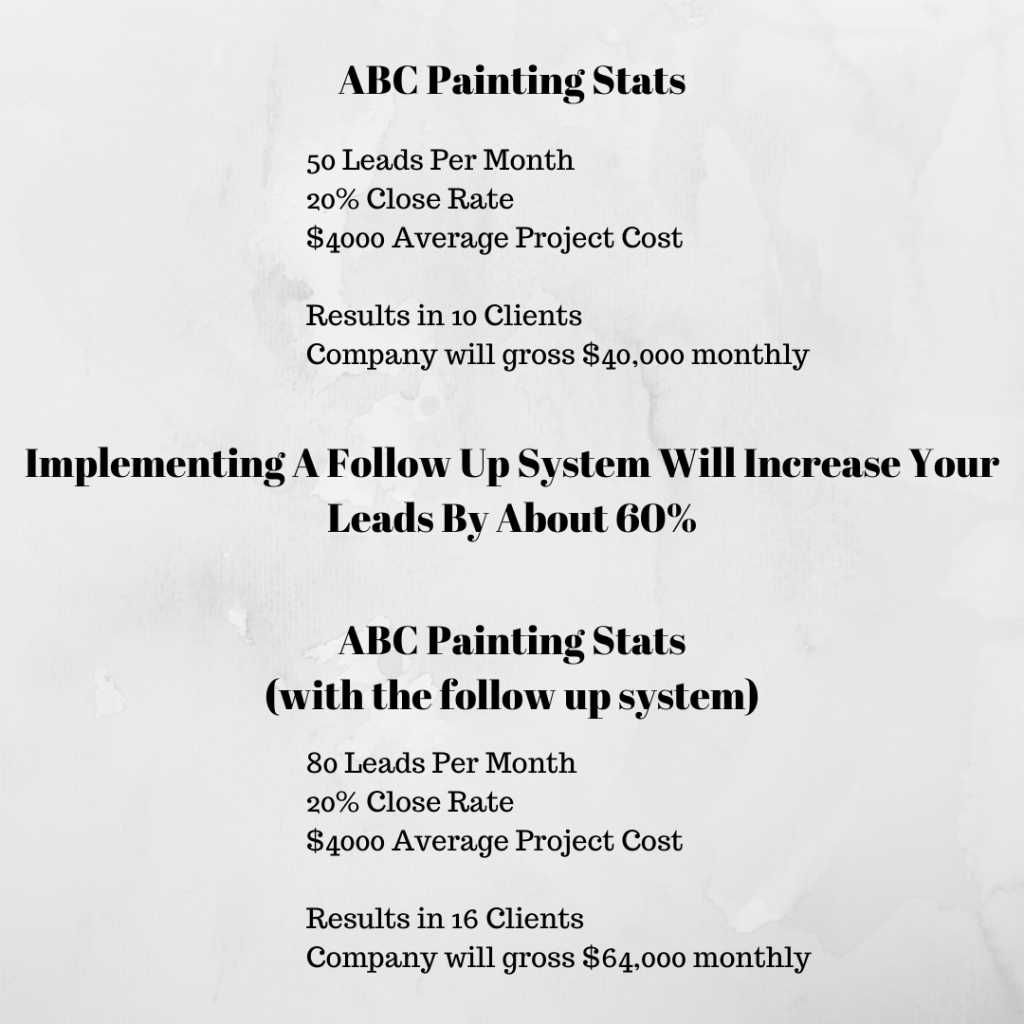Have you ever heard someone say – “People love to buy, but they hate to be sold to?”
I beg to differ. That statement is unequivocally false. People love to buy AND they love to be sold to.
The key, however, is that they need to have a quality sales experience. They will love to be sold to!
What Constitutes A Great Sales Experience
As an example, think about buying a car.
When you go to buy a new BMW or Mercedes Benz, the salespeople offer you unlimited Starbucks and snacks in their plush offices. You get to hang out in a decked-out designer lounge while they prepare the cars that you want to test drive. Typically, you’ll get to take a nice long test drive to check out all of the niceties of the car. Then, after you purchase the car, you get cool little extras in the mail for the next few months. Sometimes, they even invite you to special track events where you get to drive souped-up cars.
Now, let’s contrast that to purchasing a new Honda. First, you enter a bare-bones sales floor where you take a number. Once it’s your turn, you get to take a 10-minute test drive where the salesman glosses over the features. When you return to the dealership, you get ushered into a drab cubicle and have the contract put in front of you.
Both cars will get you from A to B, but which sales experience would you rather have? I think that most people would agree that they would rather have the BMW/Mercedes experience.
Selling Is A Process
The easiest way to get a client is for them to know, like and trust you. You can start this process even before someone contacts you for a quote.
As mentioned in Step 1 of this series, create a set of videos that answer common questions that you hear all of the time from clients. You can also make videos that address common objections that you hear from people that don’t hire you.
Then, run these videos on Facebook to your target audience. They’ll get to know, like and trust you before they even contact you for a quote.
Why?
Because you have provided value to them and shown your expertise in the area without sounding salesy. These videos are the first step of your sales pitch (and don’t take much time from you at all). You want people to see you over and over again. This way, you become cemented in their mind as the go-to business in the area for painting.
BONUS TIP: Testimonial videos are a great way to establish trust with potential clients and showcase the work that you did without having to toot your own horn!
Now, when someone contacts you for a quote after seeing your videos, you’ve already gotten the hard part out of the way. They know, like and trust you from your videos…and people buy from people that they like. It becomes a much easier sale for you to close on.
“Selling” Is A Dirty Word
“Sales” or “Selling” seems to have gotten a bad rap lately. You think of sleazy used car salesmen or worse. It just has a very negative connotation.
However, you must remember that you are HELPING PEOPLE when you sell them a quality paint job.
Maybe you are helping them paint their kitchen cabinets and get a higher asking price when they sell their house. Maybe you are painting the exterior of their home and helping them get it weather-proofed for winter. Maybe you are helping a family have an amazing holiday in their newly painted living room.
Whatever the case, you are helping people achieve positive goals. They are better off than they were before! Keep this in mind the next time you go to close a deal. You should find yourself in a completely different mindset, which will help your close rate.
Increase Your Closing Percentage
Create a quality sales experience that starts even before someone contacts your company. By using the tips above, you should see your closing rate more than double.
Let’s Return To Our Example Company With Double The Close Rate For Our Painting Business [h2]
Remember, ABC Painting started with $40,000 monthly gross revenue. Then, we implemented a follow-up system, which will increase the leads by about 60%. This took the gross monthly revenue to $64,000 with a close rate of 20%.
Next, we doubled our leads from 80 to 160 per month using the tactics in Step 2 of this series. This resulted in 32 new clients and a monthly gross income of $128,000.
Now, if we can double the close rate from 20% to 40%, we will have 64 clients per month with a monthly gross income of $256,000! This is more than 6X the starting monthly revenue and we have 2 more steps to go!
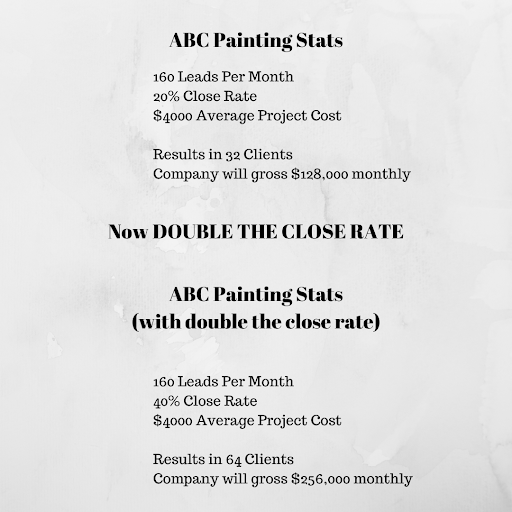
Stay tuned for next week (Step 4) where we will talk about adding a special upsell that will score you some high-ticket clients right away!

